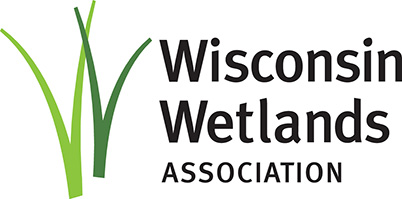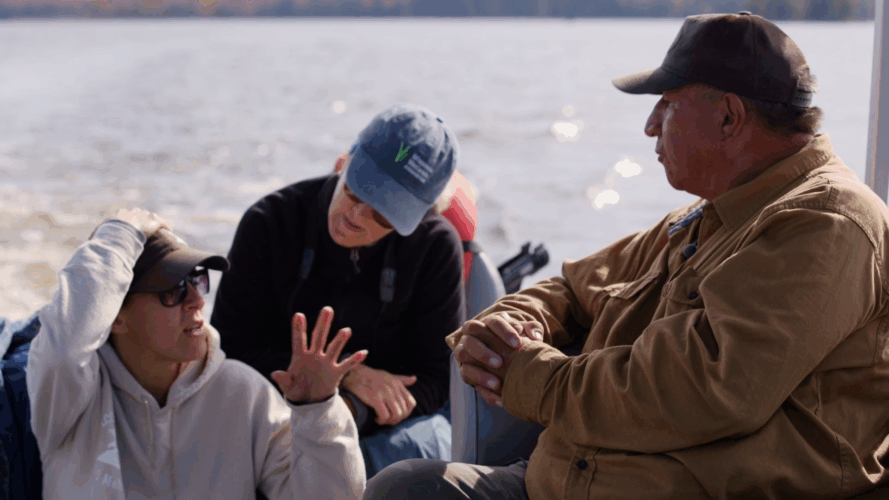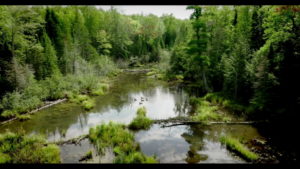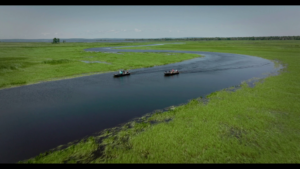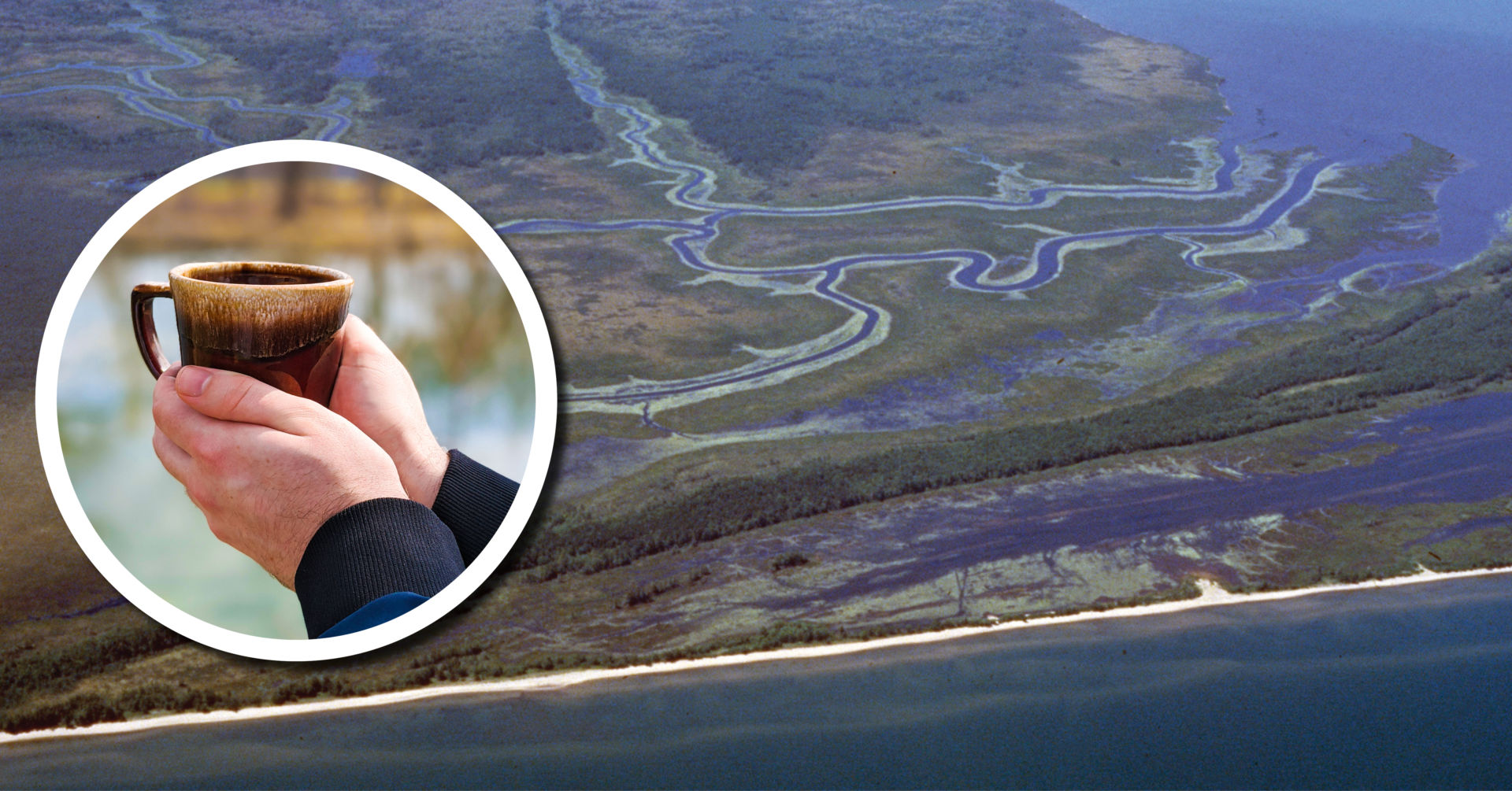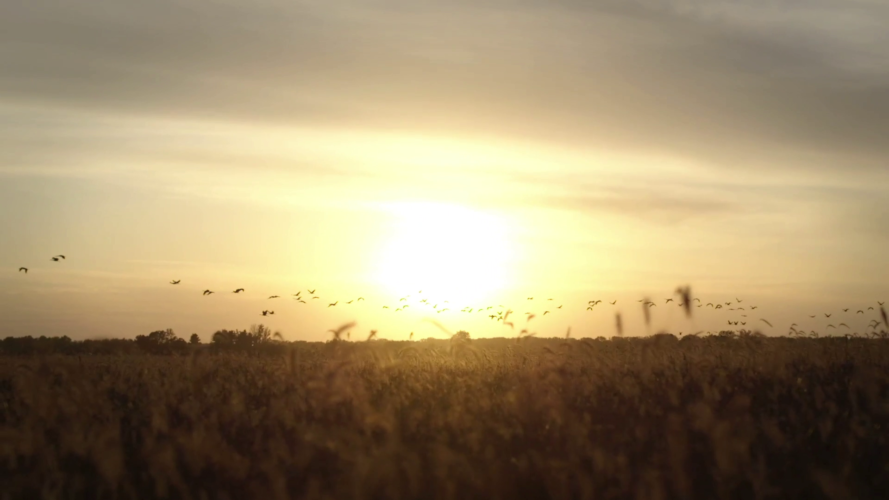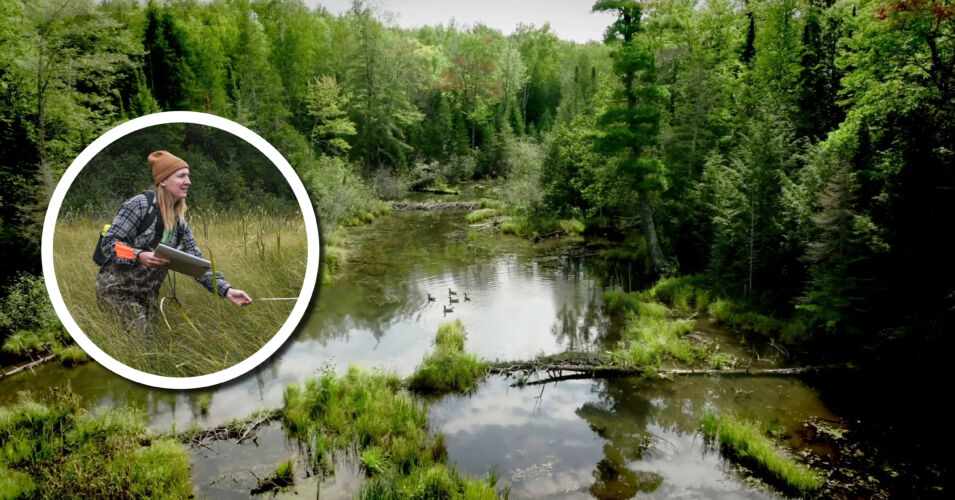Tribes in Wisconsin are doing vital work to protect and restore wetlands and watersheds. The Wisconsin Tribal Conservation Advisory Council, Wisconsin Wetlands Association, and USDA-Natural Resources Conservation Service have partnered with Tribes to raise awareness of this important work by producing short videos highlighting these stories.
The Red Cliff reservation is home to many streams that flow into Lake Superior and lots of wetlands—inland wetland as well as coastal wetlands on Lake Superior.
In celebration of American Wetlands Month in May, the partners have released the latest in a series of videos featuring the wetland and watershed conservation work being done by the Tribes, this one highlighting the Lac Courte Oreilles Band of Lake Superior Ojibwe in Northern Wisconsin.
The long-term landscape approach Tribes take to protect and manage their water resources improves water quality, alleviates flooding, and provides habitat. Caring for wetlands and watersheds also helps to sustain their culture and way of life. The healthier natural environment provides opportunities for their people to hunt, fish, and gather what nature has provided and establishes relationships that will build a stronger community today and for future generations.
“We must remember to take care of what we have here, to always be mindful that it is something that will sustain us in the long run,” according to Edith Leoso, retired Tribal Historic Preservation Officer for the Mashkiiziibii Natural Resources Department (Bad River).
Some Tribes have lost wetlands and the food and medicines from these wetlands—food and medicines that once sustained them. In these cases, conservation efforts necessarily require restoring wetlands so Tribal members can again have access to the food and medicines they need for sustenance and traditional practices. Such is the case for the Lac Courte Oreilles. “We’ve really fought to get wild rice back onto our landscape,” says Melissa Lewis, Lac Courte Oreilles Tribal member and Conservation Department wetland specialist. “My hope in five to ten years is to have a rigorous ricing season. That all of our community members that want to rice, can rice.”
Generating and distributing video content is raising the visibility of the important work of Tribes and promoting examples of good wetland conservation in Wisconsin. The videos also help decision-makers and land managers understand how wetlands function and how they can care for them. Finally, telling these stories encourages broad-based understanding of wetlands and watersheds among the public. Earlier videos in this series featured the work of the Oneida Nation in Northeast Wisconsin and the Bad River and Red Cliff Bands of the Lake Superior Tribe of Chippewa Indians in Northern Wisconsin.
Interested in sharing these videos with your audiences via a newsletter, blog, or social media? Check out this Outreach Toolkit for sample text, sample post language, links to photos, video descriptions, and more!
Watch these short videos by selecting from among the seven videos (featuring the work of the Lac Courte Oreilles Band, Red Cliff Band, Bad River Band, and Oneida Nation) right in the screen below:
Tip: click on the “V” symbol in the upper-left-hand corner of the video screen, then select the video you wish to view from the dropdown list. Or, click the “>|” symbol to move to the next video.
These videos were produced in partnership by the Wisconsin Wetlands Association, Wisconsin Tribal Conservation Advisory Council, USDA-Natural Resources Conservation Service. Additional support for this multi-year initiative provided by:
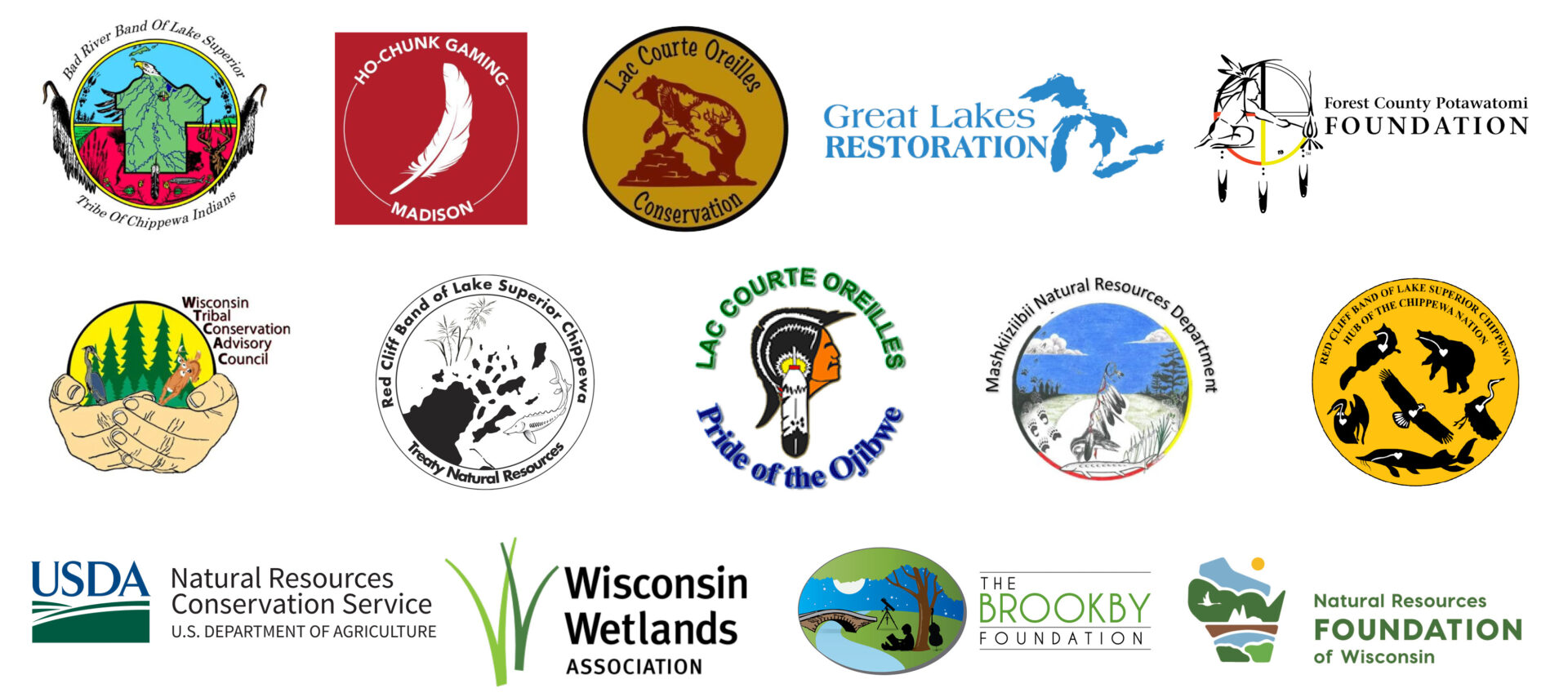
Related content
Wetland Coffee Break: Protecting the “Bayou of the North”
Wetland restoration and bird monitoring on the Oneida Nation
Learn how the Oneida Nation partnered with bird monitoring efforts on their restored wetland.
Wetland Coffee Break: Wetland monitoring and protection on Red Cliff reservation
